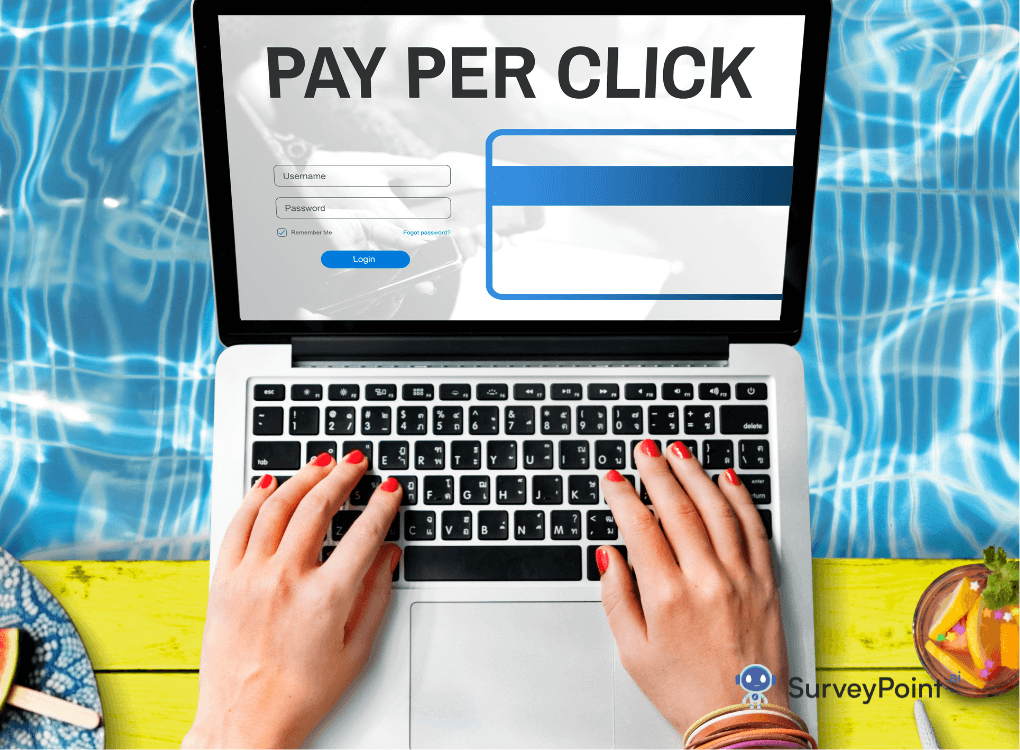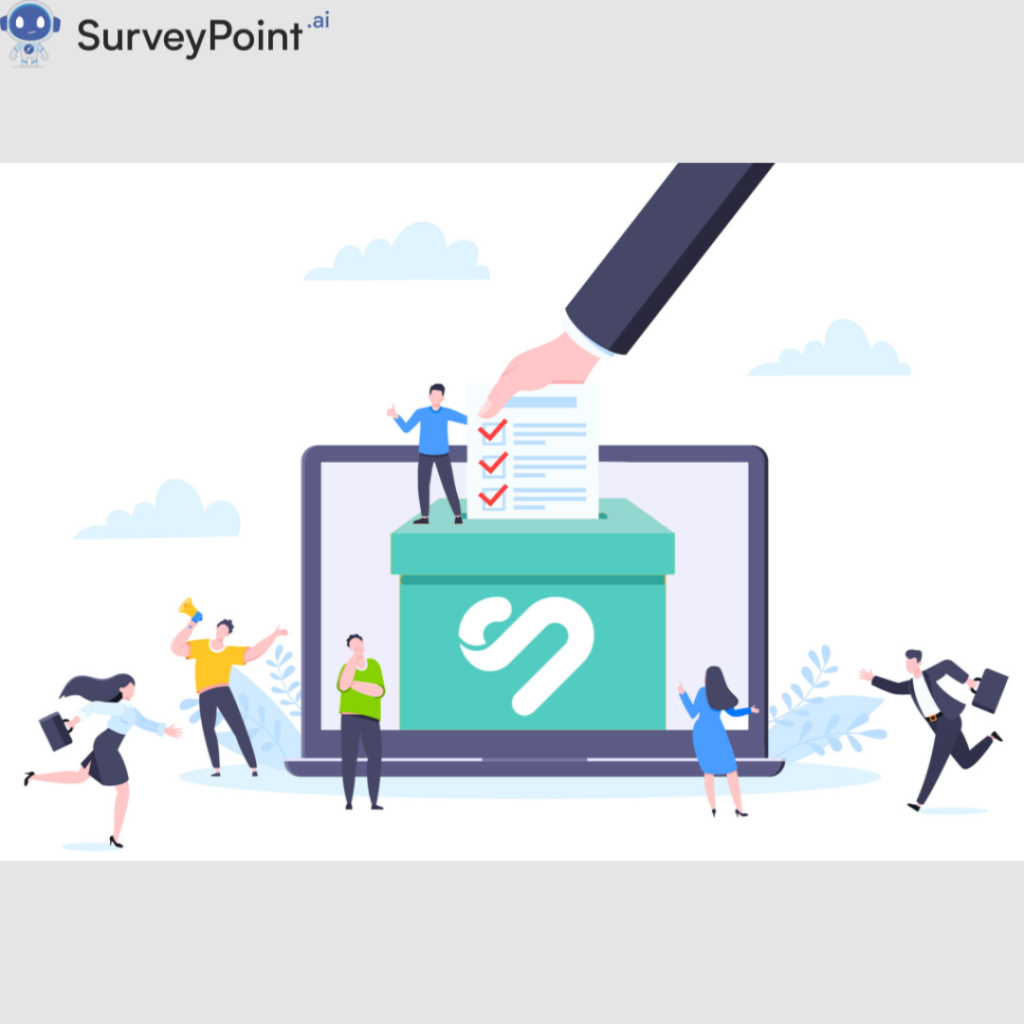
In today’s fast-paced digital landscape, businesses are constantly seeking effective ways to attract and retain customers online. Pay-per-click (PPC) advertising has emerged as a powerful and dynamic tool for achieving these goals, offering immediate visibility and measurable results. Whether you’re a seasoned marketer or a small business owner looking to expand your online presence, understanding the intricacies of PPC can significantly enhance your digital marketing strategy.
This comprehensive guide aims to demystify PPC advertising, providing you with a thorough understanding of its mechanisms, benefits, and best practices. We’ll delve into the fundamental components of PPC, compare it with other forms of search engine marketing (SEM), and explore the reasons why PPC should be an integral part of your marketing arsenal. Additionally, you’ll learn how to effectively manage PPC campaigns, control costs, and utilize various tools to maximize your return on investment.
What Is Pay-per-Click Marketing?
Pay-per-click (PPC) marketing is a form of digital advertising where advertisers pay a fee each time one of their ads is clicked. Essentially, it’s a way of buying visits to your site, rather than attempting to earn those visits organically. PPC is commonly associated with first-tier search engines (such as Google Ads and Bing Ads) and social media platforms (like Facebook Ads and Instagram Ads).
How PPC Works
PPC advertising works by bidding on keywords relevant to your business. When users enter search queries matching those keywords, your ads may appear on the search engine results page (SERP). If a user clicks on your ad, you pay the search engine a small fee. The goal is to attract users who are actively searching for products or services similar to yours, making them more likely to convert into customers.
Reasons To Use Pay-per-Click Marketing
- Immediate Results
Unlike SEO, which can take months to show results, PPC advertising delivers immediate visibility and traffic to your site. Once your campaign is live, your ads can appear on the first page of search results within hours.
- Targeted Advertising
PPC allows precise targeting options, including keywords, location, demographics, time of day, and even device type. This ensures your ads reach the right audience at the right time, increasing the likelihood of conversions.
- Cost Control
With PPC, you set a budget and only pay when someone clicks on your ad. This ensures you don’t overspend and can maintain a predictable advertising budget.
- Measurable Results
PPC campaigns provide detailed analytics and performance metrics, allowing you to measure the effectiveness of your ads, understand user behavior, and optimize your strategy accordingly.
- Brand Exposure
Even if users don’t click on your ads, PPC can still boost brand visibility and awareness. Appearing at the top of search results reinforces your brand presence and credibility.
Basic Components of Paid Search
- Keywords
Keywords are the foundation of PPC advertising. These are the words or phrases that users enter into search engines. Identifying the right keywords is crucial for the success of your campaign. Keywords can be broad or specific, and should align with your business goals and target audience.
- Ads
Ads are the promotional content that appears on search engines and other platforms. They typically include a headline, description, and a call-to-action. Crafting compelling ads that attract clicks is essential for a successful PPC campaign.
- Landing Pages
Landing pages are the web pages users are directed to after clicking your ad. These pages should be relevant to the ad content and designed to convert visitors into customers. A well-optimized landing page can significantly improve your conversion rate.
- Bids
Bids are the maximum amount you’re willing to pay for each click on your ad. The bid amount, combined with your Quality Score, determines your ad’s placement on the search engine results page. Effective bid management can help you get the most out of your PPC budget.
How To Manage PPC Campaigns
- Research and Select Keywords
Start by researching keywords relevant to your business using tools like Google Keyword Planner or SEMrush. Look for keywords with high search volume and low competition. Group similar keywords into ad groups for better targeting.
- Create Compelling Ads
Write clear, concise, and engaging ads that highlight the benefits of your product or service. Use strong calls-to-action to encourage clicks. A/B test different ad copies to see which performs best.
- Design Effective Landing Pages
Ensure your landing pages are relevant to the ad content, have a clear value proposition, and include strong calls-to-action. Optimize for mobile devices and ensure fast load times.
- Set Up Conversion Tracking
Use tools like Google Analytics to set up conversion tracking. This will help you measure the effectiveness of your ads, understand user behavior, and make data-driven decisions.
- Monitor and Optimize
Regularly review your campaign performance and make necessary adjustments. Monitor key metrics like click-through rate (CTR), conversion rate, cost-per-click (CPC), and return on ad spend (ROAS). Optimize bids, pause underperforming ads, and refine keywords to improve results.
PPC Marketing Tools
To successfully manage and optimize PPC campaigns, leveraging the right tools is crucial. These tools can help with everything from keyword research and ad creation to performance tracking and bid management. Here’s a look at some of the most effective PPC marketing tools available:
1. Google Ads
Overview: Google Ads is the most widely used PPC advertising platform, offering extensive features for creating and managing ads that appear on Google search results, YouTube, and the Google Display Network.
Key Features:
- Keyword Planner: Helps in identifying relevant keywords with search volume and cost estimates.
- Ad Creation Tools: Supports various ad formats including search ads, display ads, video ads, and shopping ads.
- Performance Tracking: Provides detailed insights into ad performance, including clicks, impressions, CTR, and conversions.
- Automated Bidding: Uses machine learning to optimize bids for better performance.
Best For: Businesses looking to reach a broad audience through Google’s extensive network.
2. Bing Ads (Microsoft Advertising)
Overview: Bing Ads, now known as Microsoft Advertising, offers similar features to Google Ads but targets the Bing search engine and its partner networks.
Key Features:
- Keyword Planner: Similar to Google’s, for researching keywords specific to Bing’s audience.
- Ad Extensions: Additional features like site links, callouts, and location extensions to enhance ad visibility.
- Audience Targeting: Advanced targeting options including demographics, location, and device type.
- Import Feature: Allows easy import of Google Ads campaigns into Bing Ads.
Best For: Businesses looking to diversify their PPC efforts and tap into Bing’s unique audience.
3. SEMrush
Overview: SEMrush is a comprehensive tool for SEO and PPC professionals, offering deep insights into keyword performance, competitive analysis, and more.
Key Features:
- Keyword Research: Extensive database for finding profitable keywords and estimating their CPC.
- Competitor Analysis: Insights into competitors’ PPC strategies, ad copies, and keywords.
- Ad Builder: Tools for creating and optimizing ad copies.
- PPC Campaign Management: Features for tracking and managing PPC campaigns across various platforms.
Best For: Marketers needing a robust tool for both SEO and PPC analysis and strategy.
4. Google Analytics
Overview: Google Analytics is essential for tracking website performance and user behavior, integrating seamlessly with Google Ads to provide comprehensive data.
Key Features:
- Conversion Tracking: Measures the effectiveness of your PPC campaigns in driving conversions.
- Audience Insights: Detailed information on user demographics, behavior, and interests.
- Traffic Analysis: Insights into how users arrive at your site, including PPC traffic.
- Custom Reports: Ability to create tailored reports to measure specific metrics.
Best For: Businesses wanting to gain deeper insights into user behavior and campaign performance.
5. WordStream
Overview: WordStream offers tools for keyword research, ad creation, and campaign optimization, specifically designed to simplify PPC management.
Key Features:
- 20-Minute Work Week: A feature that provides weekly recommendations for optimizing your PPC campaigns.
- AdWords Performance Grader: Analyzes your Google Ads account and provides a detailed report with actionable insights.
- Keyword Research: Tools to find and analyze keywords for your PPC campaigns.
- Landing Page Grader: Assesses the effectiveness of your landing pages and offers optimization suggestions.
Best For: Small to medium-sized businesses looking for an easy-to-use platform to manage PPC campaigns.
6. SpyFu
Overview: SpyFu specializes in competitive analysis, providing insights into your competitors’ PPC and SEO strategies.
Key Features:
- Competitor Research: Detailed data on competitors’ keywords, ad spend, and ad copies.
- Keyword Research: Identifies profitable keywords used by competitors.
- PPC Analysis: Insights into competitors’ PPC campaigns, including their best-performing ads.
- Backlink Analysis: Information on competitors’ backlink profiles to enhance your SEO strategy.
Best For: Businesses looking to gain a competitive edge by understanding and leveraging competitors’ strategies.
7. AdEspresso
Overview: AdEspresso by Hootsuite simplifies the process of creating, managing, and optimizing Facebook and Instagram ads.
Key Features:
- Ad Creation: Easy-to-use interface for designing and launching ads.
- A/B Testing: Tools for testing different ad variations to find the best performers.
- Analytics: Detailed performance reports and metrics.
- Campaign Management: Features to manage multiple campaigns and ad sets efficiently.
Best For: Businesses focusing on social media advertising, particularly on Facebook and Instagram.
8. Optmyzr
Overview: Optmyzr provides advanced PPC management and optimization tools, helping marketers improve campaign performance through automation and data-driven insights.
Key Features:
- One-Click Optimizations: Automated suggestions for improving your PPC campaigns.
- Rule-Based Automation: Custom scripts and rules to automate routine PPC tasks.
- PPC Reporting: Customizable reports to track and share campaign performance.
- Bid Management: Tools for optimizing bids based on various performance metrics.
Best For: Experienced PPC marketers looking to automate and optimize large-scale campaigns.
9. Kenshoo
Overview: Kenshoo offers a powerful platform for managing and optimizing PPC campaigns across multiple channels, including search, social, and e-commerce.
Key Features:
- Cross-Channel Management: Unified platform for managing campaigns across search engines, social media, and e-commerce sites.
- Predictive Forecasting: Tools for forecasting campaign performance and ROI.
- Bid Optimization: Advanced algorithms for optimizing bids in real-time.
- Creative Management: Tools for managing and optimizing ad creatives.
Best For: Large enterprises and agencies managing complex, multi-channel PPC campaigns.
10. Marin Software
Overview: Marin Software provides a comprehensive solution for managing digital advertising campaigns across search, social, and display networks.
Key Features:
- Unified Dashboard: Centralized platform for managing all digital advertising campaigns.
- Bid Management: Automated bid adjustments based on performance data.
- Audience Targeting: Advanced targeting options to reach specific audience segments.
- Performance Analytics: Detailed reports and insights to optimize campaign performance.
Best For: Agencies and large businesses looking for an integrated solution to manage extensive PPC campaigns.
Conclusion
Pay-per-click (PPC) advertising stands as a pivotal component in the digital marketing toolkit, offering businesses of all sizes the ability to drive targeted traffic, enhance brand visibility, and achieve measurable results. As we’ve explored throughout this guide, PPC provides immediate access to potential customers, allowing for precise targeting and budget control. Its versatility across various platforms, such as Google Ads, Bing Ads, and social media networks, ensures that businesses can reach their audience wherever they are.
By mastering the art and science of PPC advertising, you can transform your online marketing strategy, drive significant traffic to your website, and ultimately, grow your business. Whether you’re looking to boost sales, increase leads, or enhance brand awareness, PPC offers a scalable and adaptable solution to meet your goals. Embrace the power of PPC, and let it propel your business to new heights in the digital age.




